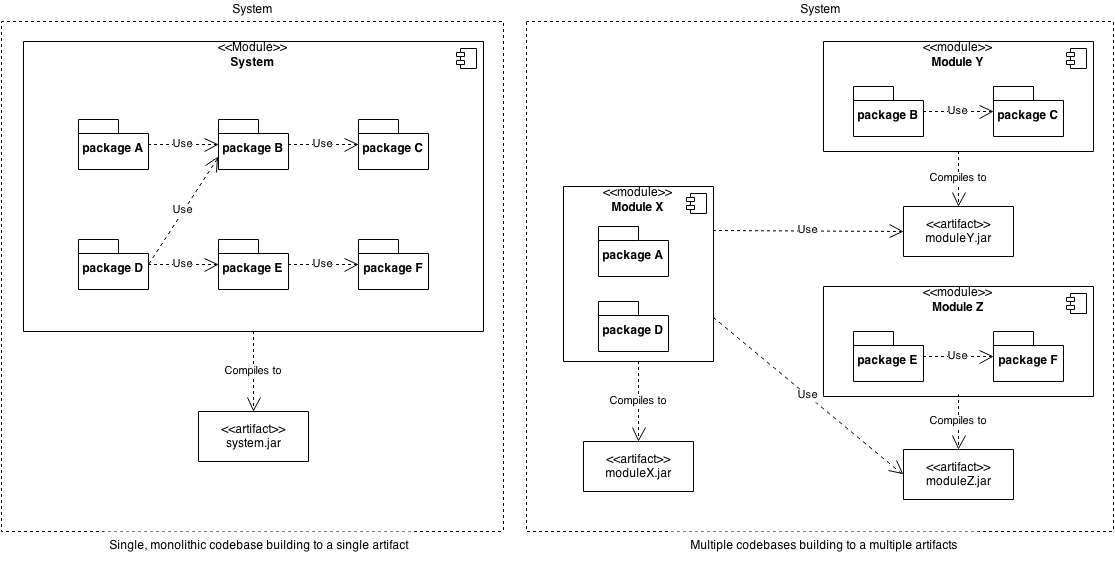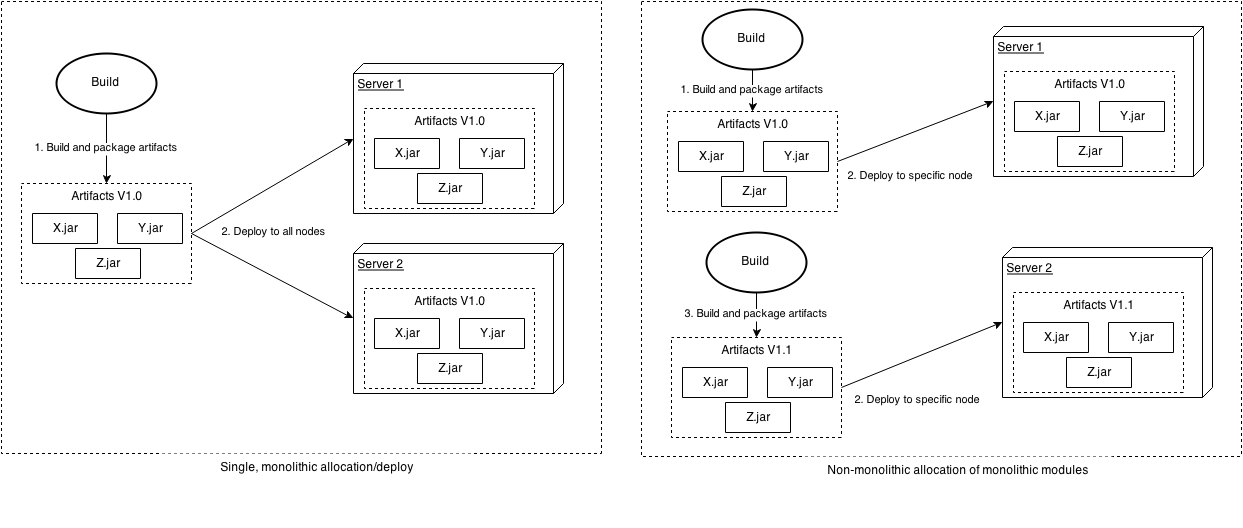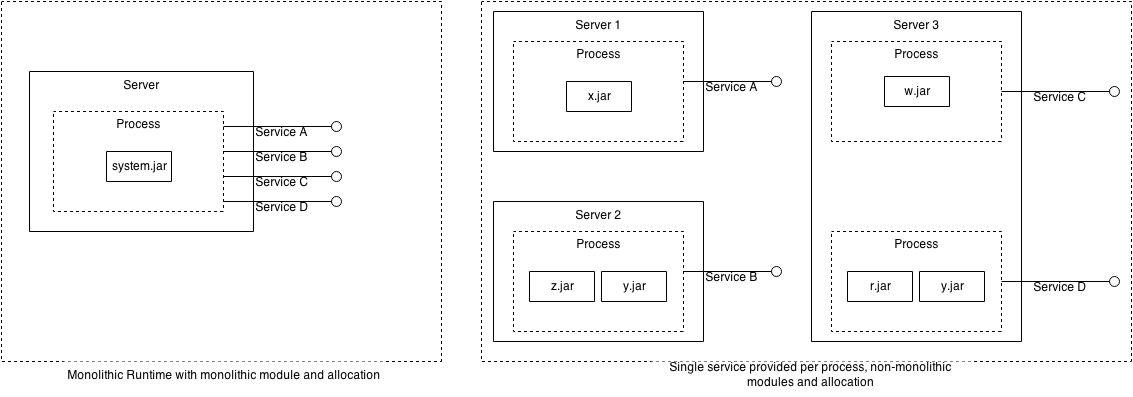What Is a Monolith (Monoliths vs. Microservices)?
Join the DZone community and get the full member experience.
Join For Freethere is currently a strong trend for microservice based architectures and frequent discussions comparing them to monoliths. there is much advice about breaking-up monoliths into microservices and also some amusing fights between proponents of the two paradigms - see the great microservices vs monolithic melee . the term 'monolith' is increasingly being used as a generic insult in the same way that 'legacy' is!
however, i believe that there is a great deal of misunderstanding about exactly what a 'monolith' is and those discussing it are often talking about completely different things.
a monolith can be considered an architectural style or a software development pattern (or anti-pattern if you view it negatively). styles and patterns usually fit into different viewtypes (a viewtype is a set, or category, of views that can be easily reconciled with each other [clements et al., 2010]) and some basic viewtypes we can discuss are:
- module - the code units and their relation to each other at compile time.
- allocation - the mapping of the software onto its environment.
- runtime - the static structure of the software elements and how they interact at runtime.
a monolith could refer to any of the basic viewtypes above.
module monolith
if you have a module monolith then all of the code for a system is in a single codebase that is compiled together and produces a single artifact. the code may still be well structured (classes and packages that are coherent and decoupled at a source level rather than a big-ball-of-mud) but it is not split into separate modules for compilation. conversely a non-monolithic module design may have code split into multiple modules or libraries that can be compiled separately, stored in repositories and referenced when required. there are advantages and disadvantages to both but this tells you very little about how the code is used - it is primarily done for development management.
allocation monolith
for an allocation monolith, all of the code is shipped/deployed at the same time. in other words once the compiled code is 'ready for release' then a single version is shipped to all nodes. all running components have the same version of the software running at any point in time. this is independent of whether the module structure is a monolith. you may have compiled the entire codebase at once before deployment or you may have created a set of deployment artifacts from multiple sources and versions. either way this version for the system is deployed everywhere at once (often by stopping the entire system, rolling out the software and then restarting).
a non-monolithic allocation would involve deploying different versions to individual nodes at different times. this is again independent of the module structure as different versions of a module monolith could be deployed individually.
runtime monolith
a runtime monolith will have a single application or process performing the work for the system (although the system may have multiple, external dependencies). many systems have traditionally been written like this (especially line-of-business systems such as payroll, accounts payable, cms etc).
whether the runtime is a monolith is independent of whether the system code is a module monolith or not. a runtime monolith often implies an allocation monolith if there is only one main node/component to be deployed (although this is not the case if a new version of software is rolled out across regions, with separate users, over a period of time).
note that my examples above are slightly forced for the viewtypes and it won't be as hard-and-fast in the real world.
conclusion
be very carefully when arguing about 'microservices vs monoliths'. a direct comparison is only possible when discussing the runtime viewtype and properties. you should also not assume that moving away from a module or allocation monolith will magically enable a microservice architecture (although it will probably help). if you are moving to a microservice architecture then i'd advise you to consider all these viewtypes and align your boundaries across them i.e. don't just code, build and distribute a monolith that exposes subsets of itself on different nodes.
Published at DZone with permission of Robert Annett, DZone MVB. See the original article here.
Opinions expressed by DZone contributors are their own.




Comments